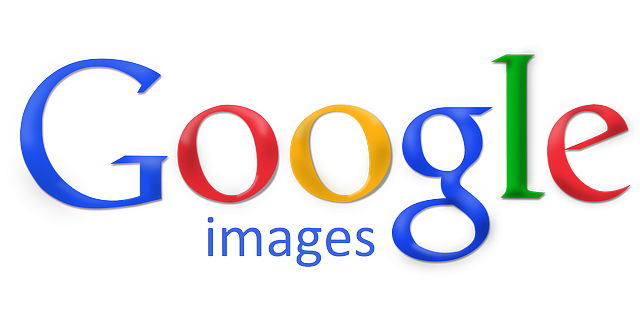You’re probably already using the best SEO techniques to improve your website design, create keyword-rich content, build high-quality links, and ultimately raise your ranking on search engines. But do you know that you can also use images to increase your visibility online? That’s right! Ranking high on Google Image Search results pages might not be on your To-Do list, but it’s actually a great way to promote your products and services and generate genuine leads.
BENEFITS OF DOING IMAGE SEO
First things first: you have to know that Google Search and Google Image Search work in different ways. When someone clicks on your picture in the search results, Google Image Search provides a full-sized version of the picture instead of directing the user to your website. The search result does include a link to your website, but many people won’t click on the link since seeing the full-sized version of the image is usually enough for them.
So what does this mean? Basically, it means that you won’t know exactly how many people have seen or downloaded your image (unlike the impressions that regular SEO produces). Despite this, you’ll still enjoy the following benefits:
• Earn links indirectly
If you photograph public events and want the people involved to notice your work, you’ll want to use image SEO to promote your photos. This way, they’ll easily be seen by those who are looking for images from the events, and these people will (hopefully) use your pictures and link them to your website. This is also the case if you create graphs, drawings, and infographics that you want to be used by other websites.
• Promote your products and services
Humans are primarily visual creatures, so it’s not surprising if people rely on graphic information when doing pre-purchase research online. Some homeowners, for example, hire interior designers or bathroom renovators based solely on the pictures of their past projects. You can take advantage of this fact by using the best possible photos of your products and services to attract potential customers.
• Become more visible
It’s a bit surprising, but Google does seem to pay attention to what happens in Image Search. Several tests have shown that, when people start clicking on an image that’s in the middle part of the results (e.g. the 15th or 20th or 30th image from the top), that image eventually gets moved to the top. So, if many people like your image and click on it, it can get ranked higher and therefore become more visible to your target market. And, if that image contains your logo, company name, or product name/packaging, you’re essentially boosting your brand exposure.
SHOULD YOU BE DOING IMAGE SEO?
If your products or services all involve some visual element, it makes sense to do image SEO. A makeup brand, for example, will need pictures to show the colors of its products and illustrate how they look on various skin tones, while a fashion designer will want to showcase his work through pictures of models wearing his designs.
But even if your business doesn’t really rely on graphics to get your ideas across, you’ll still want to invest some time in image SEO. Google algorithm tracker MozCast states that almost 13 percent of Google searches have an image pack included in the results, most likely to cater to users who search for celebrities, animals, or places and want to see what they look like. Marketing intelligence and analytics platform Jumpshot, meanwhile, reveals that around one-third of the searches that take place in Google happen in Image Search. So, if you don’t do image SEO, you’re basically losing the opportunity to reach out to your target audience.
TIPS FOR RANKING HIGH IN IMAGE RESULTS
Fortunately, optimizing your images isn’t as difficult as it seems. Here are a few tips to help you get started:
Pick a relevant image and content
When it comes to images, Google’s main priority is relevancy. Because of this, you have to choose a picture, infographic, or chart that matches the content and keywords on the page. Edit the file name and alt attribute to include relevant keywords in them, and see to it that they make sense.
Use original images
As much as possible, use original images taken by a professional photographer. They won’t only help you rank higher in the search results, but they’ll also help you attract more attention because of their image quality and creative impact.
Use stock image as a second option
This is acceptable if you can’t afford to hire a professional photographer and simply need generic images anyway. Just make sure you have permission from the picture’s creator to use it for commercial purposes.
Choose a unique, creative caption
Having an eye-catching caption will help you rank higher and impress potential customers. Take the time to craft the best possible caption that includes the relevant keywords both for your image and your content.
FINAL NOTE
In today’s increasingly visual world, image SEO will continue to become more important as time goes by. Start optimizing your website images ASAP to ensure you won’t get left behind!

Recent Comments